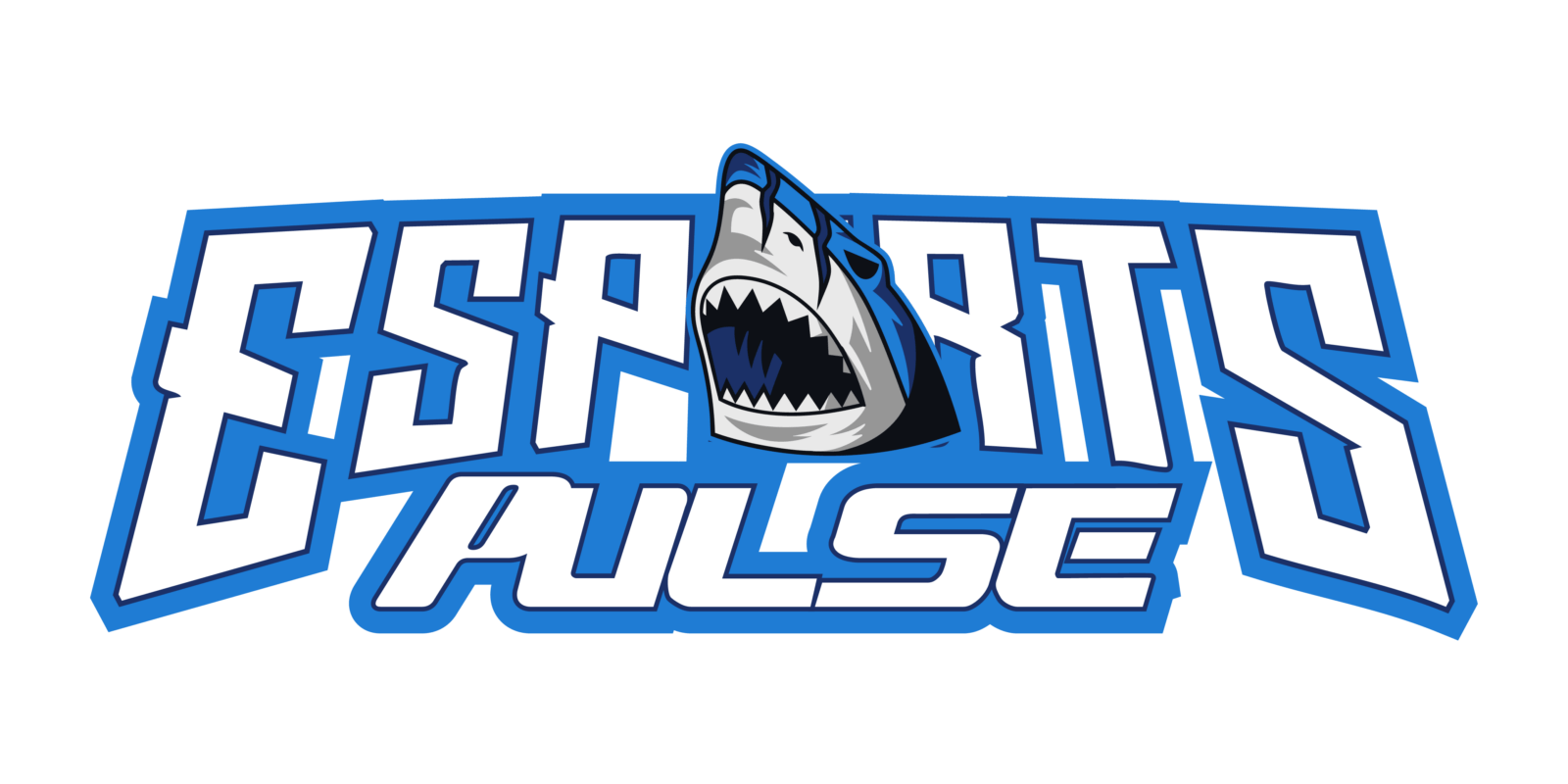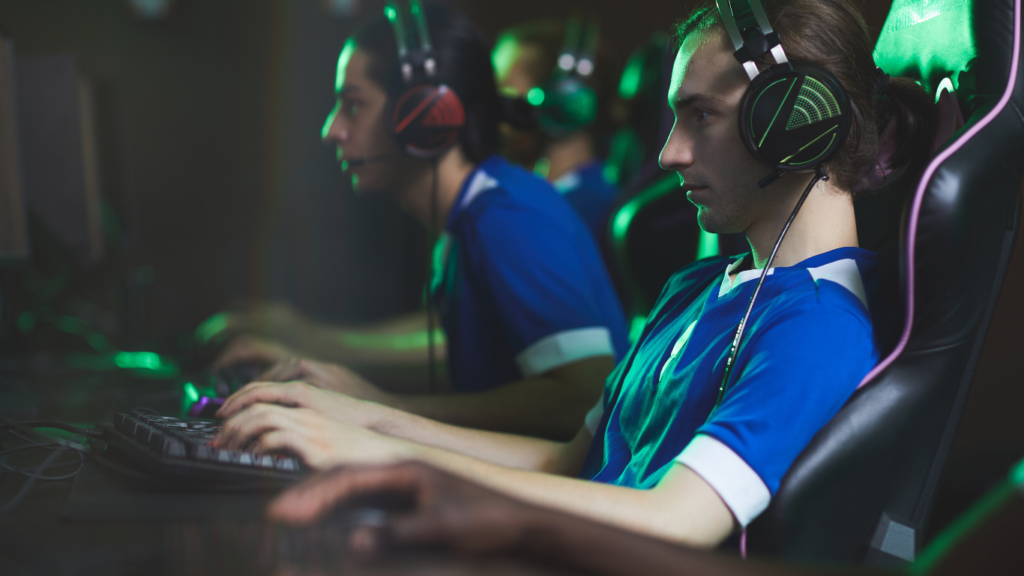Esports has come a long way from its grassroots beginnings to the global phenomenon it is today. I’ve always been fascinated by how team dynamics have shifted over the years, shaping the way players collaborate and compete. Back in the early days, rosters often felt like a tight-knit group of friends, relying on raw talent and passion. Now, they’ve evolved into highly strategic units, supported by analysts, coaches, and even psychologists.
Understanding Team Dynamics in Esports
Team dynamics in esports shape how players interact, strategize, and achieve success together. As esports has grown, understanding these dynamics has become critical for both players and organizations.
Defining Team Dynamics
Team dynamics refer to the behavioral, psychological, and functional interactions within a group of players. In esports rosters, this includes:
- communication
- individual roles,
- synergy
- conflict management
A well-balanced team combines complementary skill sets, such as a shot-caller for strategy execution, a fragger for high-pressure moments, and support players to stabilize gameplay. Early teams often depended on natural rapport and trust between friends. Modern teams, however, cultivate dynamics through structured roles and professional guidance, ensuring optimal coordination.
The Importance of Team Dynamics in Competitive Gaming
Strong team dynamics directly impact performance in high-stakes matches. Clear communication, trust, and adaptability determine whether teams can execute strategies under pressure. In competitive gaming, cohesive units outperform skilled individuals when the stakes are equal. For example, organizations now employ coaches and psychologists to enhance mental resilience and foster team spirit. Increasing reliance on these specialists highlights how vital proper dynamics have become for consistent success.
Team Structures in the Early Days of Esports

Early esports teams operated with minimal organization and were often composed of friends or acquaintances sharing a passion for gaming. Their dynamics lacked the detailed structure seen in modern rosters, relying instead on natural collaboration and individual skill.
Player Roles and Responsibilities
Roles in early esports teams were fluid, with players assuming responsibilities based on their natural preferences or in-game strengths. For example, in first-person shooter titles like Counter-Strike 1.6, players informally took on tasks like entry-fragging or sniping without designated roles. This flexibility sometimes created overlaps, making coordination inconsistent. Unlike current setups, there were no coaches or analysts to assign roles strategically.
Smaller teams in games like Warcraft III often juggled their own decision-making, as no dedicated support existed to optimize performance. Players served as their own strategists, practicing together to identify how their playstyles fit within the team.
Communication and Strategy in Old-School Rosters
- Communication in early esports rosters was casual, dominated by impromptu callouts and basic gameplay observations. For multiplayer online games like StarCraft or Quake, communication typically occurred through basic chat systems or voice comms, often lacking the efficiency needed for precise coordination.
- Strategies relied heavily on trial and error during scrimmages or public matches.
- Teams frequently improvised tactics on the fly, adapting gameplay to opponents without pre-planned blueprints.
- Preparation primarily involved repeated play sessions rather than the systematic analysis provided by today’s tactical experts.
Modern Esports Rosters: A New Breed of Team Dynamics
Modern esports rosters showcase a highly refined approach to team dynamics, emphasizing specialization, professional support, and technology. With tailored roles and resources, these teams function as cohesive units designed for competitive excellence.
Specialization and Role Diversity
Specialization defines modern esports teams, with each player assigned explicit responsibilities. Role diversity ensures that every roster includes foundational positions such as in-game leaders, fraggers, supports, and strategists. For example, in FPS games, players take on sniper, entry-fragger, or support roles, while MOBA rosters assign lanes like top, mid, and jungle. This structured approach enhances synergy and minimizes task overlap, allowing teams to execute precise strategies.
The Role of Coaches and Analysts
Professional staff like coaches and analysts anchor modern team development. Coaches provide tactical insights, oversee practice routines, and manage team conflicts. Analysts dive deep into opponents’ gameplay, using data to refine strategies and identify weaknesses. For instance, analysts in Dota 2 gather draft patterns and counterplays, while in FPS games, they study enemy positioning habits from replays. These roles foster continuous improvement, giving teams vital competitive edges during tournaments.
Technology’s Impact on Team Coordination
Technology amplifies how rosters approach coordination. Advanced tools enable real-time stats tracking, tactical replays, and practice optimizations. Communication platforms ensure clear, delay-free in-game interactions during matches. Teams using VR training for situational drills or AI-powered analytics to forecast opponent strategies highlight these advancements. This tech-centric evolution not only boosts execution but also sets modern esports apart from its earlier, less organized roots.





